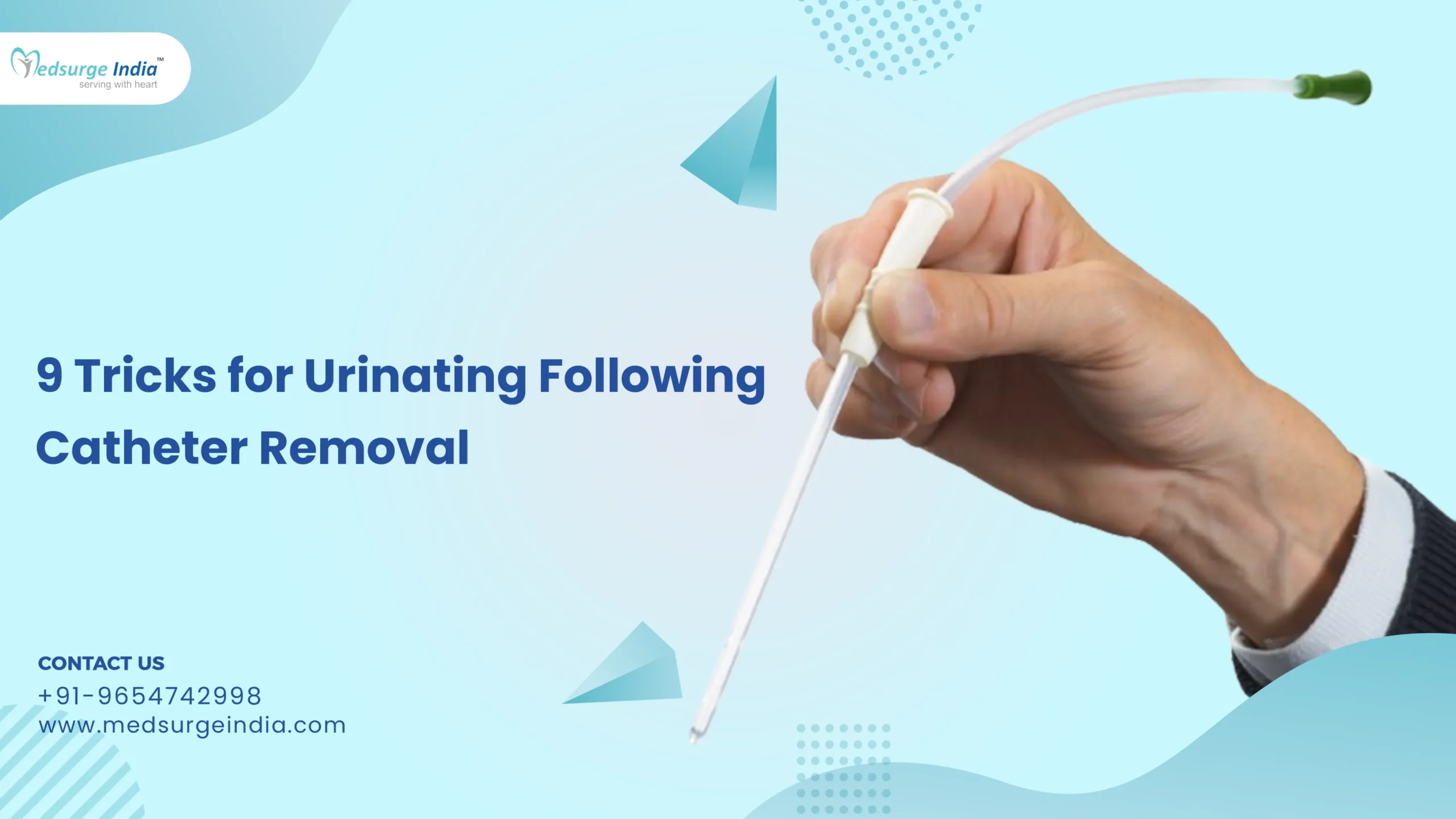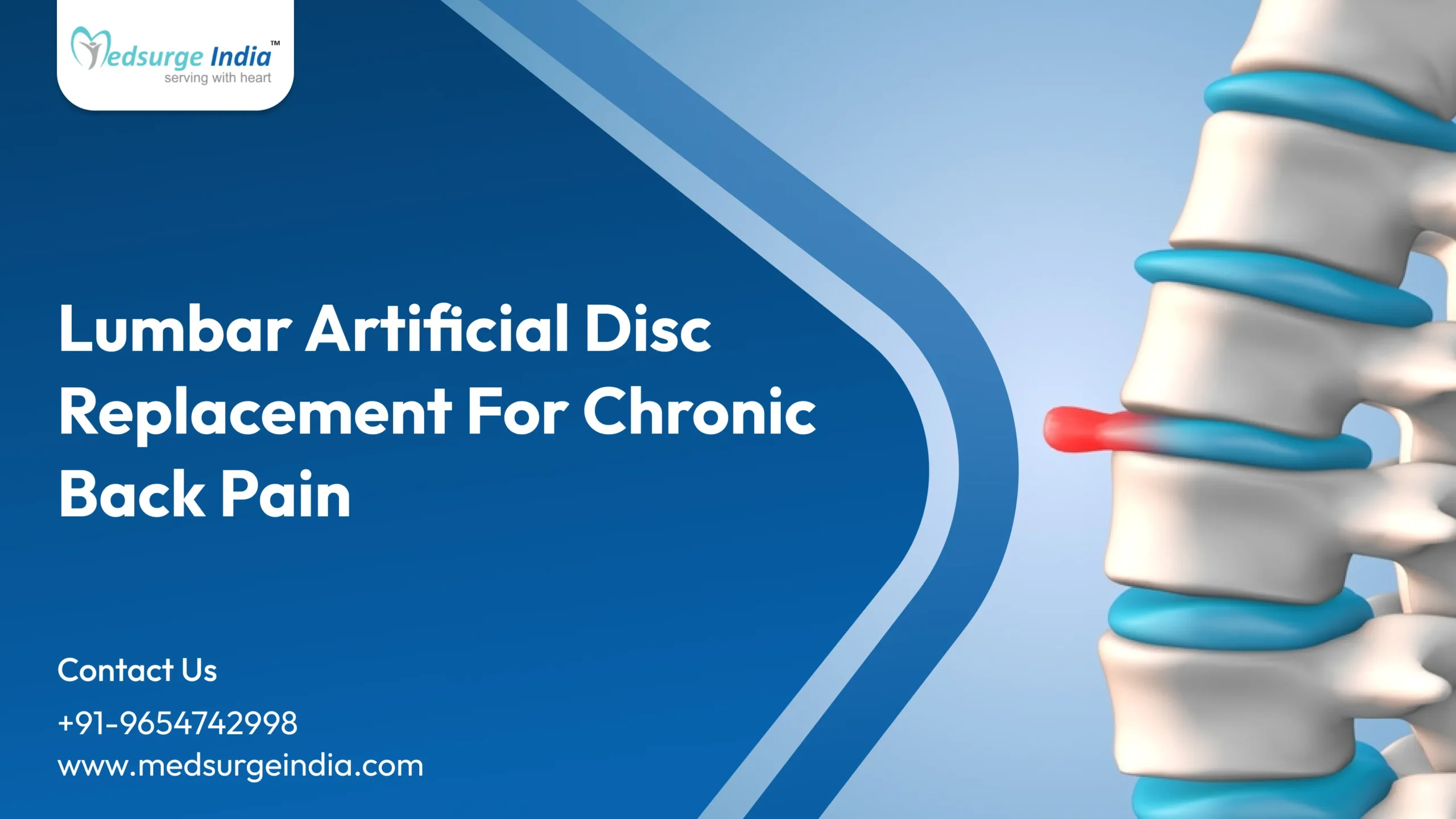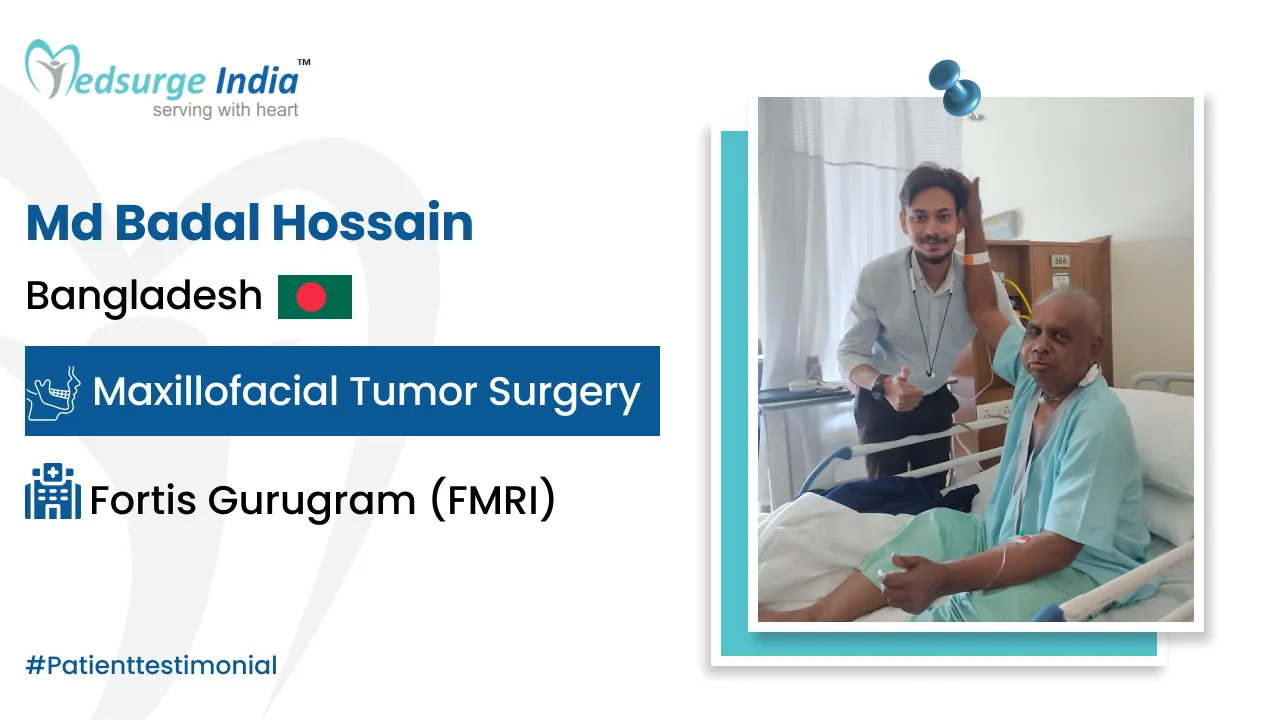
9 Tricks for Urinating Following Catheter Removal
Before delving into the techniques and strategies for voiding after the removal of a catheter, it is essential to understand the purpose and function of a catheter.
What is a Catheter?
A catheter is a hollow tube that is often placed into the bladder through the urethra and has a silicone, rubber, or plastic core. The other end of the catheter is attached to the urinary tube. Therefore, it is effortless for bedridden or seriously ill folks to urinate.
Another significant feature of a urinary catheter is a small inflatable balloon on one side, which is placed into the bladder. To make sure the catheter stays in place, the medical team will inflate the balloon after inserting it. Likewise, they would deflate this balloon before taking out the catheter. Furthermore, not every urine catheter is placed inside the bladder. In milder instances, males may opt for an alternative type of catheter that is worn similarly to a condom.
Nevertheless, individuals experiencing severe illness and undergoing major surgery may face an extended period of hospitalization. In such circumstances, medical professionals may resort to catheterization for an extended duration. However, prolonged catheter usage can lead to certain complications, necessitating bladder retraining after catheter removal.
Tips To Urinate After Catheter Removal
The removal of a catheter is a medical procedure that restores the ability to urinate naturally. However, it may take some time for the body to adjust to this change. Unfortunately, individuals who have had a catheter would encounter challenges when trying to resume their daily activities after its removal. For instance, some may experience urinary hesitancy, while others may complain of a burning sensation.
Nevertheless, medical interventions can assist in alleviating various signs and symptoms. Nevertheless, individuals will likely need to exert additional effort in order to regain their usual routines and function more efficiently. To facilitate the process of urination after catheter removal, consider the following helpful suggestions:
1) Hydration:
Drinking plenty of water are crucial after the catheter removal. It will help you to dilute the urine, making it more easier for you to urinate. Try to aim for at least six to eight glasses of water each day if possible.
2) Urinating Regularly:
Regular urination is really essential for you to help the body regain its normal urinary function. If possible aim to urinate every two to three hours, even if there is little urine to pass.
3) Warm Water Stream:
Warm up a glass of water and submerge your perineum i.e. the space between the anus and scrotum, before beginning to urinate. This may facilitate better urine flow and muscle relaxation.
4) Kegel Exercises:
Kegel exercises are pelvic floor exercises that can help to strengthen the muscles involved in urination. To perform Kegels, tighten the muscles around the anus, vagina, and scrotum for a few seconds, then release. Repeat this exercise several times daily.
5) Catheterization Technique:
In some cases, it may be necessary to use a catheter to relieve urinary retention or difficulty urinating. If that is the case, it is important to learn how to properly catheterize yourself. Follow the instructions provided by your healthcare provider to ensure safe and effective catheterization.
6) Prostate Massage:
For men, prostate massage can help to improve urine flow. Gently massage the prostate gland using an upward and downward motion. This should be done under the guidance of a medical professional to prevent injury.
7) Avoid Certain Foods and Drinks:
Certain foods and beverages can irritate the bladder and make it difficult to urinate. Avoid spicy foods, caffeine, carbonated drinks, and alcohol. Instead, consume plenty of water, herbal teas, and foods that are easy on the digestive system.
8) Seek Medical Advice:
If you continue to have difficulty urinating or if your symptoms worsen, it is important to seek medical advice. Your healthcare provider can evaluate the underlying cause and recommend appropriate treatments.
9) Take a Stroll:
Refrain from using the restroom right away if you have the urge to urinate. Instead, go for a quick stroll and allow the pressure to rise; this will improve your urination. In addition, many people experience “bladder hyperactivity” following catheter removal.
Remember, every individual’s experience after catheter removal is unique. It may take time for your body to adjust, so it is important to consult with your healthcare provider for personalized guidance and advice.
Know More:- Urinary Tract Infection Treatment in India
Bottom Line
A urinary catheter is frequently required in patients who are seriously ill, in surgical wards, emergency care, and similar settings. These individuals often have severe health conditions that necessitate surgical intervention or prolonged medical treatment. However, the prolonged use of catheters can lead to certain health problems in these patients. One such issue is the potential for urinary tract infections and bladder complications caused by the urinary catheter.
Even after the catheter is removed, many individuals may encounter difficulties in urinating normally. They may experience urinary hesitation, a burning sensation, or even pain while urinating. Some may struggle to urinate due to bladder weakness, while others may experience urinary incontinence.
Luckily, most of these problems can be effectively managed through medication treatment, as well as lifestyle changes and natural remedies. This article provides 9 tips to assist patients in achieving normal urination after catheter removal. For instance, individuals may find benefits in strengthening their core muscles, utilizing herbal supplements, and more.











